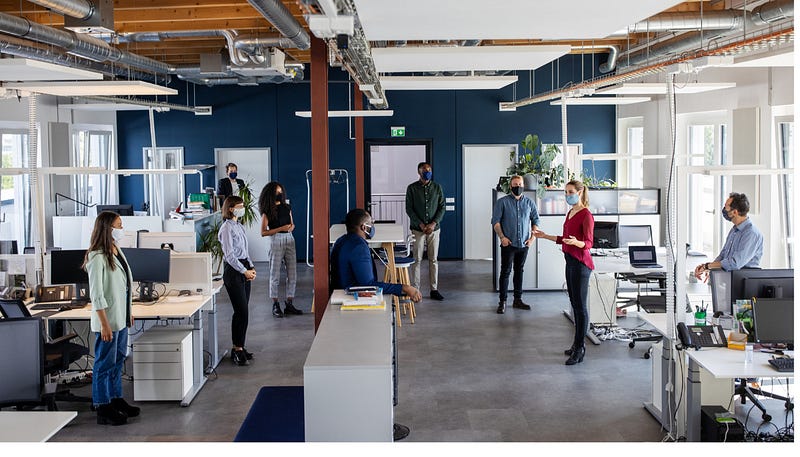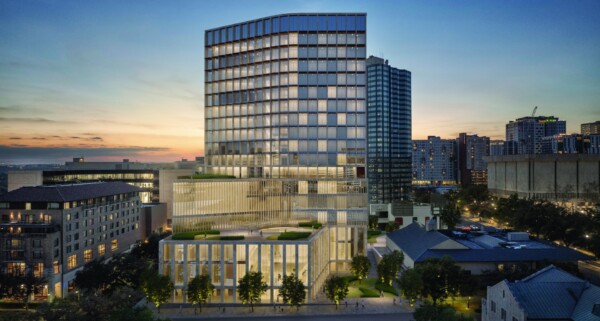The Role of the Office in a Post-COVID World
A year of remote work will have lasting effects, expert says.

When COVID-19 emptied office buildings around the globe early last year, workers settled into hastily assembled home offices and hopped on Zoom. Companies carried on, but millions of square feet of office space sat empty.
A year into the pandemic, office buildings are still empty. But with vaccinations underway and the end of the tunnel in sight, companies are starting to announce their plans for post-COVID work arrangements. Some are letting employees decide where to work, while others want everyone back in the office. Greg Hallman, Distinguished Senior Lecturer in Finance and Real Estate and director of the Texas Real Estate Center and McCombs Real Estate Investment Fund, discusses how this might play out not only for businesses and their workers, but for the commercial real estate market.
What do we know about the future of working from home?
A survey by EY-ULI showed that before the pandemic, 70% of workers worked from home zero or one day per week. That has risen to 75% of workers working from home two to three days per week. Of course, many businesses went entirely remote, and anecdotally that is expected to continue through the end of the year.
A wholesale shift to remote work seems unlikely. KPMG surveyed 500 global companies in 11 countries in early February. Just 17% of CEOs said they plan to cut back on offices, down from 69% in August. Many companies expect to bring employees back to the office once vaccination rates exceed 50% of the population.
The kind of business a company is in seems to be a factor. Large tech companies such as Spotify, Salesforce, Twitter, Square, and Microsoft are letting employees choose where to work. On the other hand, businesses in finance and other industries that put a premium on in-person customer contact have announced plans for a full return to the office.
But that doesn’t mean the office will look like it used to. Workspace requirements are changing, and demand for commercial real estate is likely to shift.
Will changes in demand mean lots of unused offices?
Green Street, a real estate consulting company, expects that demand for office space will be down 15% from pre-COVID levels over the long run. It doesn’t seem like the drop in demand is going to be big enough to lead to a glut in space.
You mentioned workspace requirements are changing.
It’s likely fewer people will work in the office on any given day. But there is a countervailing force at work here: They will be more spread out. It doesn’t change the amount of space they need very much. Plus, if I want people in the office two or three days a week, it’s hard to close a whole floor.
What will this mean for the owners of these buildings?
Stock prices of real estate investment trusts that invest in top quality or Class A office space dropped 50% from January to March 2021. Even when the S&P 500 gained in March, office REITs were about half off until rising on average 65% when a vaccine was announced in October. They are 10% below pre-COVID levels now.
Because companies are thinking about configuring their office space differently, the people who own offices are going to have to spend some money letting tenants redo their space in a way that meets their new needs. The tenant improvement allowance, or TI, that landlords negotiate with tenants will probably go up in the short run.
How might all this shape the office of the future?
I think the more interesting developments have been in the area of office culture. Companies are asking: What is an office for? Just a place to work, or a way for managers to monitor workers? Or does office life fill a social and cultural spot in American work life that we might want to keep even if we could match the productivity through work from home?
This shock has allowed us to learn some things about work life in general that will provide workers with more flexibility going forward.
It’s clear that one size doesn’t fit all. Different businesses have different work needs and client needs. What we’re going to see shake out is that it’s a business decision: How can I better serve my customers and deliver profits?
Story by Sally Parker


